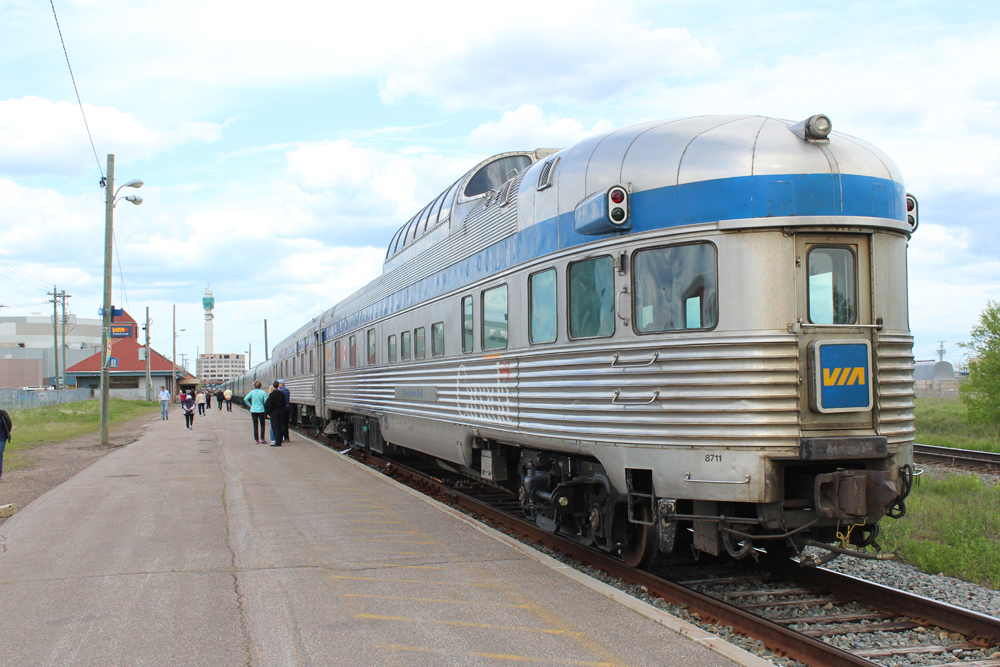lenaitch
Senior Member
Admittedly, the consistency of the VIA mandate seems as clear as mud, but I'm not sure turning it into a federally-funded bus service is a viable answer. Constitutional jurisdiction aside, I'm not sure how bus service between two communities within a given province should be dependent on whether one of them happens to have a train station.
Trying to compare any transportation service to the Rocky Mountaineer services is ludicrous. The RM routes are tourism packages, period. The Canadian and Ocean do have significant tourist ridership, but they do provide station and flag stop service at basic fare rates.
Trying to compare any transportation service to the Rocky Mountaineer services is ludicrous. The RM routes are tourism packages, period. The Canadian and Ocean do have significant tourist ridership, but they do provide station and flag stop service at basic fare rates.





